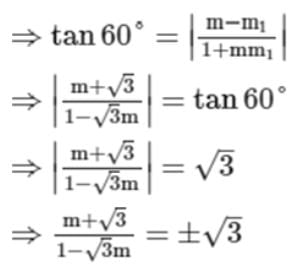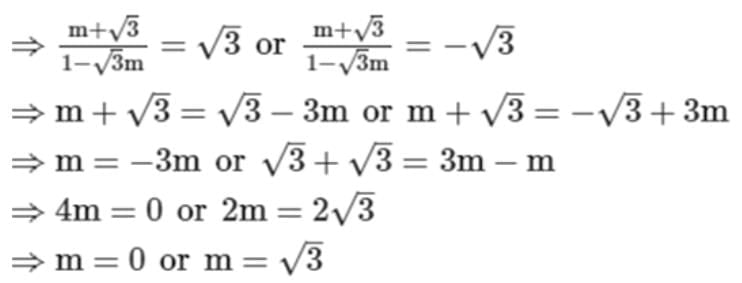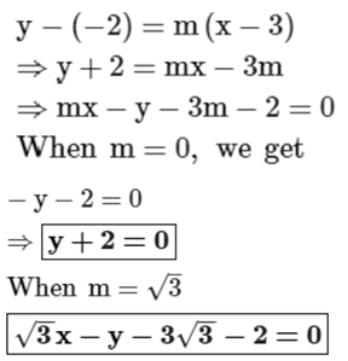BITSAT Mock Test - 4 - JEE MCQ
30 Questions MCQ Test - BITSAT Mock Test - 4
Bullets of mass 0.03 kg each hit a plate at the rate of 200 bullets per second with a velocity of 50 ms-1 and reflect back with a velocity of 30 ms-1. The average force (in Newton) acting on the plate is
A circular coil of 5 turns and 10 cm mean diameter is connected to a voltage source. If the resistance of the coil is 10Ω , what should be the voltage of the source, so as to nullify the horizontal component of Earth's magnetic field of 30 A turn m–1 at the centre of the coil?
A horizontal platform is rotating with uniform angular velocity around the vertical axis passing through its centre. At some instant of time, a viscous fluid of mass 'm' is dropped at the centre and is allowed to spread out and finally fall. The angular velocity during this period
The figure shows three spherical and equipotential surfaces A, B and C around a point charge q. The potential difference VA - VB = VB - VC. If t1 and t2 are the distances between them, then
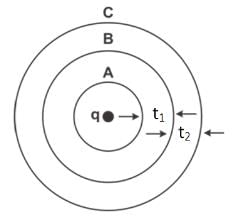
Two point charges, each of charge + q, are fixed at (+ a, 0) and (– a, 0). Another positive point charge q placed at the origin is free to move along the x-axis. The charge q at the origin in equilibrium will have
Weight of a body of mass decreases by 1% when it is raised to height 'h' above Earth's surface. If the body is taken to a depth 'h' in a mine, the change in its weight is
ΔH and ΔS for the reaction Ag2O(s) →2Ag(s) + 1/2O2(g), are 30.56 kJ mol-1 and 66.00 JK-1 mol-1, respectively. The temperature at which the free energy change for the reaction will be zero, is
Given below are some catalysts and corresponding processes/reactions. Which of the following is incorrectly matched?
On reduction with hydrogen, 3.6 g of an oxide of metal left 3.2 g of metal. If the vapour density of the metal is 32 g/L, the simplest formula of the oxide would be
Consider the following reaction:
CaCO3(s) ⇌ CaO(s) + CO2(g)
The decomposition of limestone is non-spontaneous at 298 K.
The ΔHº and ΔSºvalues for the reaction are 176.0 kJ and 160 JK-1, respectively.
At what temperature will the decomposition become spontaneous?
Directions: In the following question, choose the option which best expresses the meaning of the underlined part of the sentence.
The inspector was a vigilant young man.
Directions: The following sentence has a blank, which can be filled in from the given options. Choose the option that is correct semantically and syntactically.
Only ____ boys in our class were interested in playing chess.
Directions: This problem consists of four 'Question Figures' followed by four 'Answer Figures' (A, B, C and D). Select the Answer Figure which continues the same pattern as established by the Question Figures.
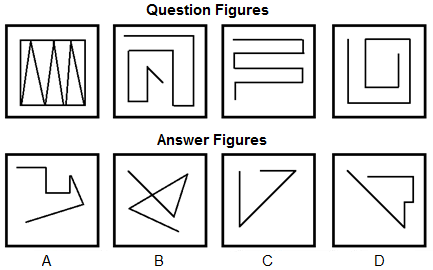
Directions: In the following question, select the word or group of words that is most opposite in meaning to the underlined word or group of words in the given sentence.
The fallen trees blocked our passage to freedom from the woods.
Directions: In this question, Problem figures 1 and 2 are related in some way. Similarly, Problem figures 3 and 4 are related, but Problem figure 4 is missing. Find out the correct alternative from the given options for that.

Directions: In the following question, give the antonym of the underlined word in the sentence.
A zealous and hardworking person can accomplish any task he/she undertakes.
The centres of a set of circles, each of radius 3, lie on the circle x2 + y2 = 25. The locus of any point in the set is
If the roots of the equation x2 - bx + c = 0 are two consecutive integers, then b2 - 4c is equal to
The two circles x2 + y2 = r2 and x2 + y2 – 10x + 16 = 0 intersect at real and distinct points. What will be the possible values of r?
One of the equations of lines passing through the point (3, − 2) and inclined at 60° to the line√3x + y = 1 is:
The probability that a man will live 10 more years is 1/4 and the probability that his wife will live 10 more years is 1/3. The probability that neither of them will be alive in 10 years is


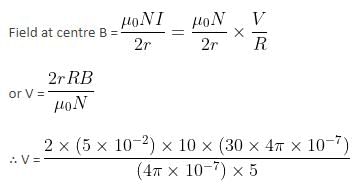







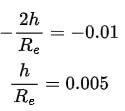



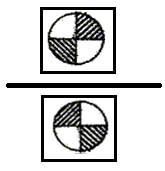



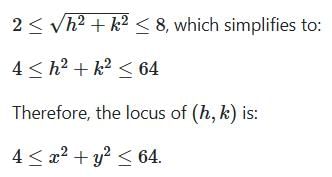
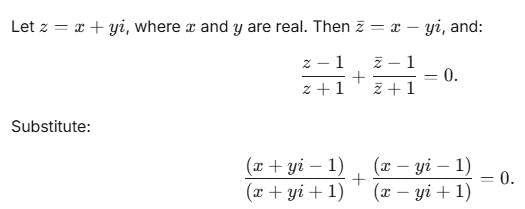


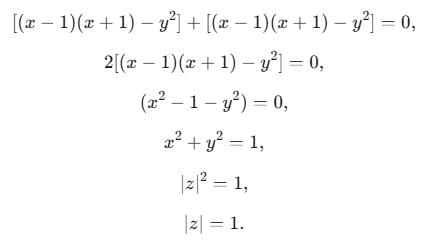
 is equal to
is equal to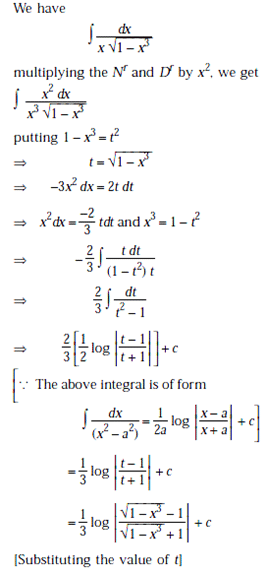
 is
is



